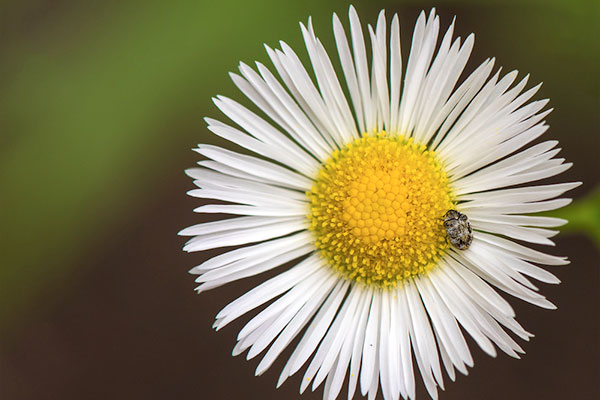Your cart is currently empty!

15 Jun This Is What You Should Be Looking For In Your Yard This Summer
There’s plenty of life that goes on behind the scenes in your backyard, but many of these life processes can end up causing some visually unappealing results to your yard. It’s your job to look out for them and make sure you can stop them before they fully develop.
We previously talked about chinch bugs, how to diagnose the problem, and how to solve the issue (if you missed this blog, click here to read more about it). However, chinch bugs are not the sole issue you’ll need to worry about once summer starts to roll around and the temperatures get a little warmer.
Japanese Beetles are another invasive species that has started to become common in several areas of North America and can cause significant damage to the leaves of your plants if your yard becomes infested. These beetles eat the tissue between the veins of the leaves and only leave the skeleton of the leaf. When feeding in groups, many of your ornamentals and fruiting plants can be severely impacted.
Controlling Japanese Beetles is crucial in the larvae/grub stage before they develop into adults. Typically, grubs should be treated in the early months of spring to ensure they don’t progress into the pupae stage, which occurs around July.
If you’re reading this article and have not treated your lawn for grubs in the early months of spring and believe pheromone traps will complete the job for you, you’re sadly mistaken. The risk with these traps is that they attract more beetles to your lawn and can cause a greater infestation! If you’re going to use these traps, place them far from your garden, plants, and your property in general (i.e., forest or ravine, if you live near one).
In general, pheromones are strong enough to attract insects from a considerable distance, and since these beetles travel in groups, these traps can still be effective at a distance. The Japanese Beetles life cycle will typically begin again in late July and August, so it’s critical to treat your lawn again during the fall months and prevent this problem before it starts!
Tune into our future blogs for some tips and tricks on properly caring for your property in the late summer/fall so you can be sure your lawn is the freshest in the neighbourhood.


